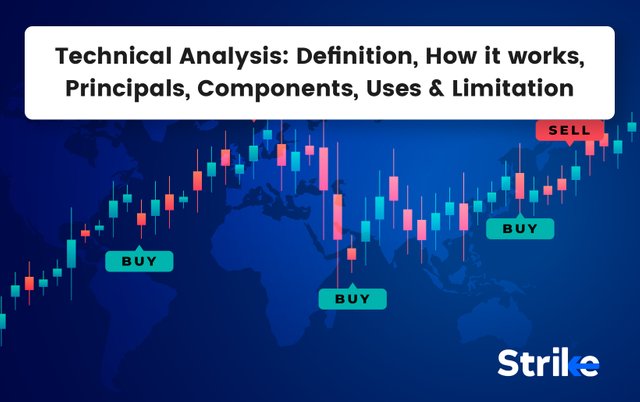
Introduction
Technical analysis stands as a cornerstone in the realm of financial markets, offering traders a systematic approach to forecast price movements and make informed decisions. Unlike fundamental analysis, which focuses on evaluating the intrinsic value of assets, technical analysis relies on historical price data, volume, and other market statistics to anticipate future price movements. In this article, we delve into the intricacies of technical analysis, exploring its principles, tools, and strategies.
Understanding Technical Analysis
At its core, technical analysis operates on the premise that market prices reflect all available information, and thus, patterns and trends observed in historical price data can help predict future price movements. This approach assumes that human psychology, market sentiment, and supply and demand dynamics drive price action, resulting in repetitive patterns that traders can exploit for profit.
Key Principles of Technical Analysis
Price Discounts Everything: Technical analysts believe that all relevant information, including fundamental factors and market psychology, is already reflected in asset prices. Therefore, they focus solely on price movements and ignore fundamental factors such as earnings, dividends, or macroeconomic indicators.
Price Moves in Trends: Another fundamental tenet of technical analysis is that prices trend over time. These trends can be upward (bullish), downward (bearish), or sideways (neutral). Recognizing and analyzing these trends is essential for identifying trading opportunities.
History Tends to Repeat Itself: Technical analysts believe that past price movements often repeat in the future due to the recurring nature of human behavior in the markets. By identifying patterns and formations in historical data, traders can anticipate potential future price movements.
Tools of Technical Analysis
Charts: Charts serve as the primary tool for visualizing price data and identifying patterns. Common types of charts include line charts, bar charts, and candlestick charts, with each offering unique insights into price movements and market sentiment.
Technical Indicators: These mathematical calculations applied to price and volume data help traders gauge market momentum, volatility, and trend direction. Popular indicators include moving averages, Relative Strength Index (RSI), Moving Average Convergence Divergence (MACD), and Bollinger Bands.
Support and Resistance Levels: Support levels represent areas where buying interest is sufficiently strong to prevent prices from declining further, while resistance levels denote areas where selling pressure is robust enough to halt upward price movements. Identifying these levels is crucial for making trading decisions.
Chart Patterns: Chart patterns, such as head and shoulders, triangles, flags, and pennants, reflect market psychology and often precede significant price movements. Traders use these patterns to anticipate trend reversals or continuation signals.
Strategies for Technical Analysis
Trend Following: This strategy involves identifying and trading in the direction of established trends. Traders utilize moving averages or trendlines to confirm trend direction and enter positions accordingly, aiming to ride the trend until signs of reversal emerge.
Momentum Trading: Momentum traders capitalize on the continuation of existing trends, entering positions based on the strength of price movements and market momentum. They often use indicators like RSI or MACD to confirm momentum signals and execute trades.
Mean Reversion: Contrary to trend-following strategies, mean reversion seeks to profit from the tendency of prices to revert to their historical averages after experiencing short-term deviations. Traders identify overbought or oversold conditions using indicators like Bollinger Bands or Stochastic Oscillator and enter positions expecting price corrections.
Breakout Trading: Breakout traders aim to profit from significant price movements following the breach of support or resistance levels. They wait for confirmation of a breakout, such as increased volume or strong price momentum, before entering positions in the direction of the breakout.
Conclusion
Technical analysis provides traders with a versatile set of tools and strategies for navigating financial markets. While not without limitations and challenges, it offers valuable insights into market dynamics and can enhance trading decisions when used judiciously. By understanding the principles, tools, and strategies of technical analysis, traders can develop a systematic approach to analyzing price movements and identifying profitable trading opportunities. However, it's essential to remember that no analysis method can guarantee success, and prudent risk management remains paramount in trading endeavors.